Do you want to make your website a primary source of income? In 2025, a website is more than just a platform—it’s a potential goldmine. Whether you’re a blogger, an online creator, or a business owner, monetizing your website can transform it into a consistent source of income. From generating passive income to scaling your business’s financial potential, website monetization isn’t just an option—it’s a necessity.
But how will a website become a source of income for you? Learn actionable, proven strategies to tap into your website’s earning potential. Using these techniques, you can increase traffic and turn it into profits.
Understanding Website Monetization
Website monetization means earning income through its content, traffic, or services. Whether running a personal blog, an eCommerce store, or an informational platform, monetization allows you to turn your online efforts into a consistent revenue stream. It’s an essential step for turning a website into a reliable source of income.
Monetizing a website offers several benefits. For starters, it enables passive income generation, allowing you to earn money even while you sleep. With strategies like ads, affiliate marketing, or automated systems, you can create an income flow that requires minimal ongoing effort. Additionally, website monetization helps businesses scale their revenue by diversifying income sources, reducing dependency on a single stream. This diversification benefits creators and entrepreneurs, allowing them to expand into digital products, online courses, or membership programs.
Many small websites have achieved remarkable success through monetization. For instance, a tech enthusiast who started a niche blog reviewing programming tools earned $5,000 monthly by incorporating affiliate marketing and sponsored posts.
Preparing Your Website for Monetization
Before diving into monetization, it’s essential to lay a strong foundation for your website. Building a solid foundation for your website is essential for success. A well-optimized site attracts visitors and engages them, increasing your revenue potential.
If you’re just starting out, Divi Quick Sites paired with WordPress is a great choice. Divi Quick Sites lets you create a stunning website within 2 minutes without needing any coding skills. It integrates with WordPress, providing access to many plugins to help manage and monetize your site. Whether you need eCommerce tools, SEO optimization, or marketing solutions, WordPress has everything you need to scale your site and start generating income.
You can’t monetize a site that no one can find. To increase visibility, create SEO-friendly content that ranks well on search engines. Even if blogging isn’t your thing, it’s a good idea to create a blog for the SEO benefits (traffic) it generates for your site. Tools like Yoast SEO or Rank Math simplify the process of optimizing your posts, helping your site show up on Google’s front page and attract more visitors.
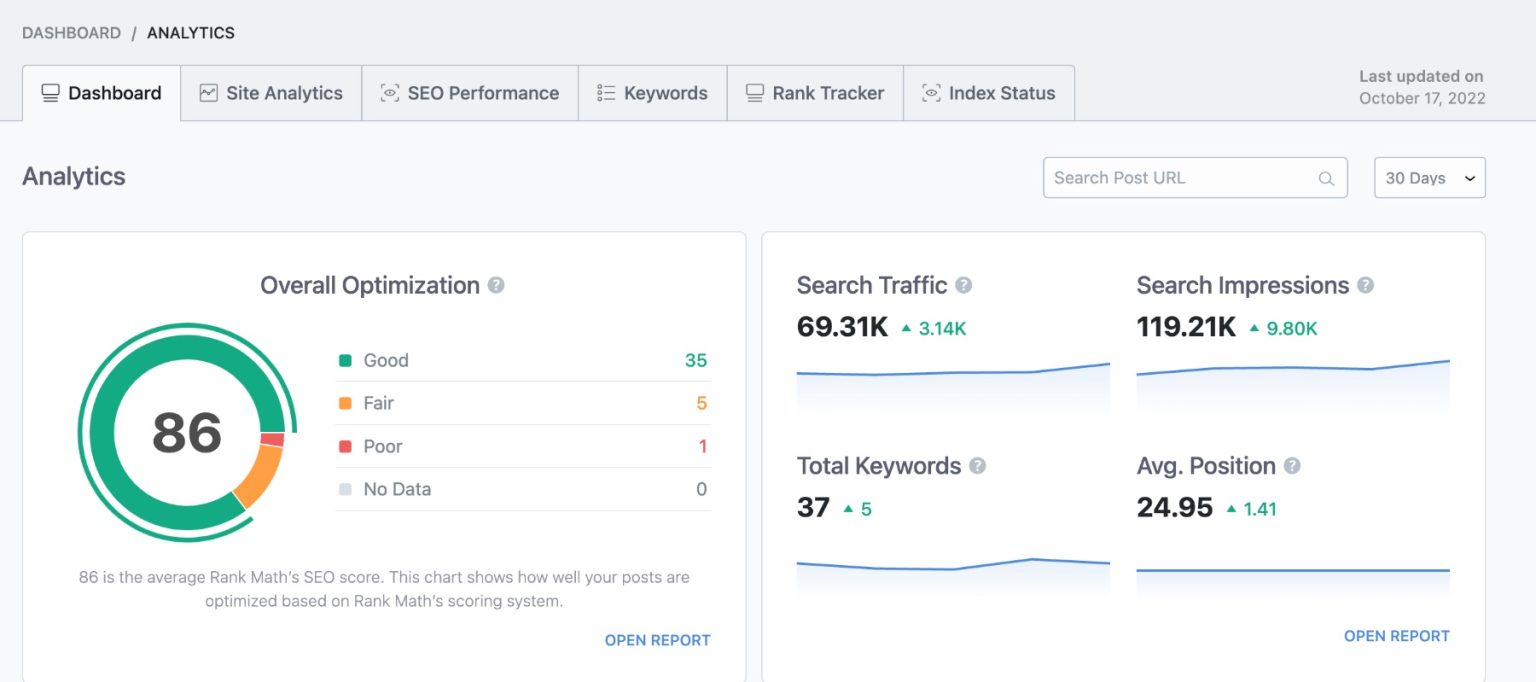
Slow websites drive visitors away. If your site loads slowly, it can hurt engagement and search rankings. Use tools like Google PageSpeed Insights and GTmetrix to test and improve your site’s speed. With more than half of web traffic coming from mobile users, it’s also crucial that your site is mobile-responsive. A clean, user-friendly design ensures a smooth experience for all visitors, no matter their device.
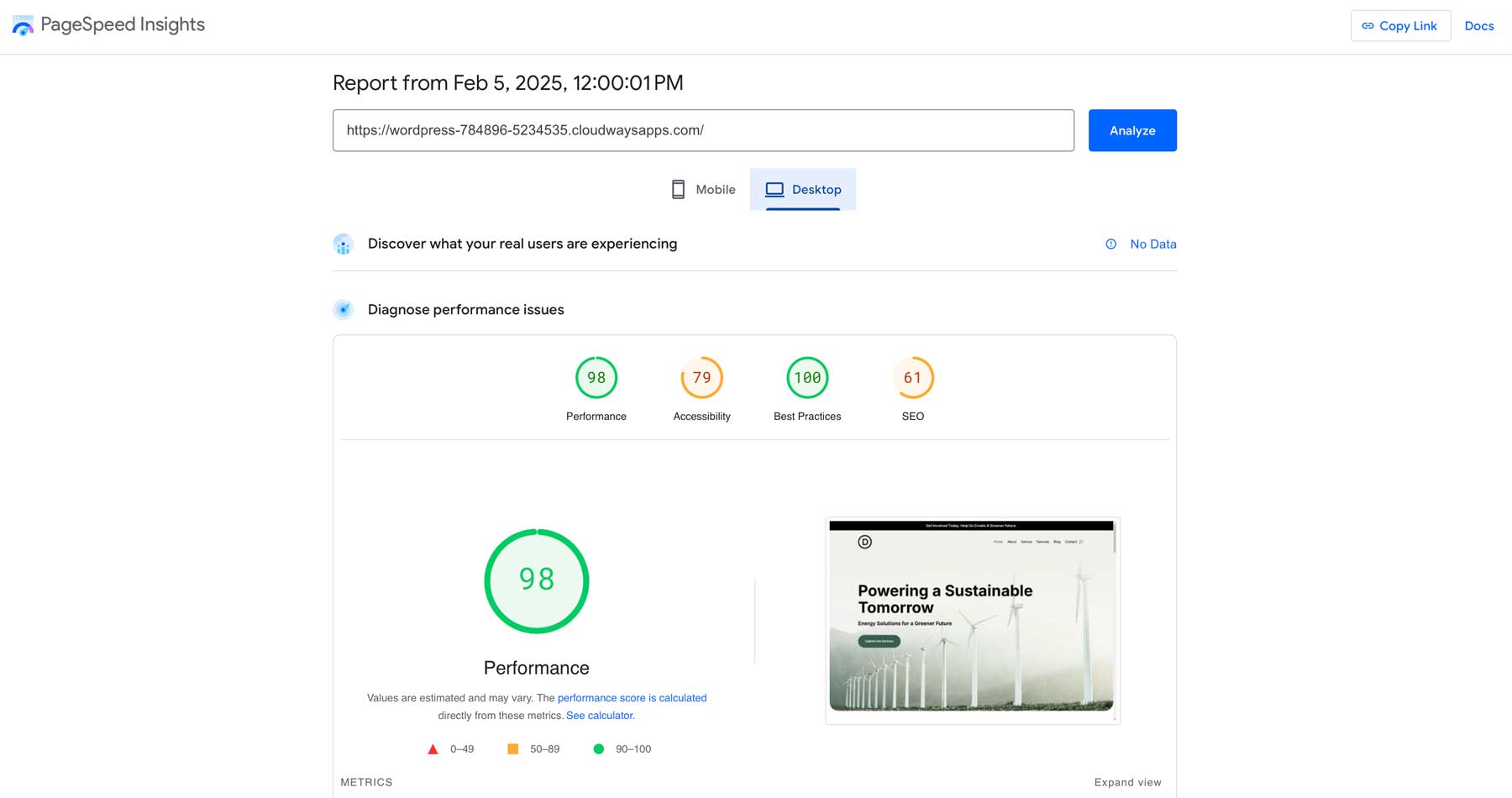
Traffic is important, but keeping your audience engaged is what really drives success. Use social media and SEO to attract visitors and keep them returning with tools like Mailchimp for email marketing. A well-crafted email can turn a casual visitor into a loyal customer. Additionally, encourage engagement through comments, polls, and discussions. The more people interact with your content, the more likely they will stay—and convert into paying customers. For more, check out How to Make a High Converting Website in 2025.
Best Monetization Strategies
Once your website is optimized and your audience is engaged, it’s time to implement monetization strategies. Choose methods that align with your website’s niche and audience. Below are some of the most effective monetization strategies to consider in 2025.
1. Display Advertising
Display advertising is one of the simplest and most popular ways to generate revenue from your website. It’s a straightforward method where you place ads on your site and earn money when visitors interact with them. With the growing digital ad market, display ads offer an opportunity to monetize your traffic, especially if you have consistent and high-volume visitors.
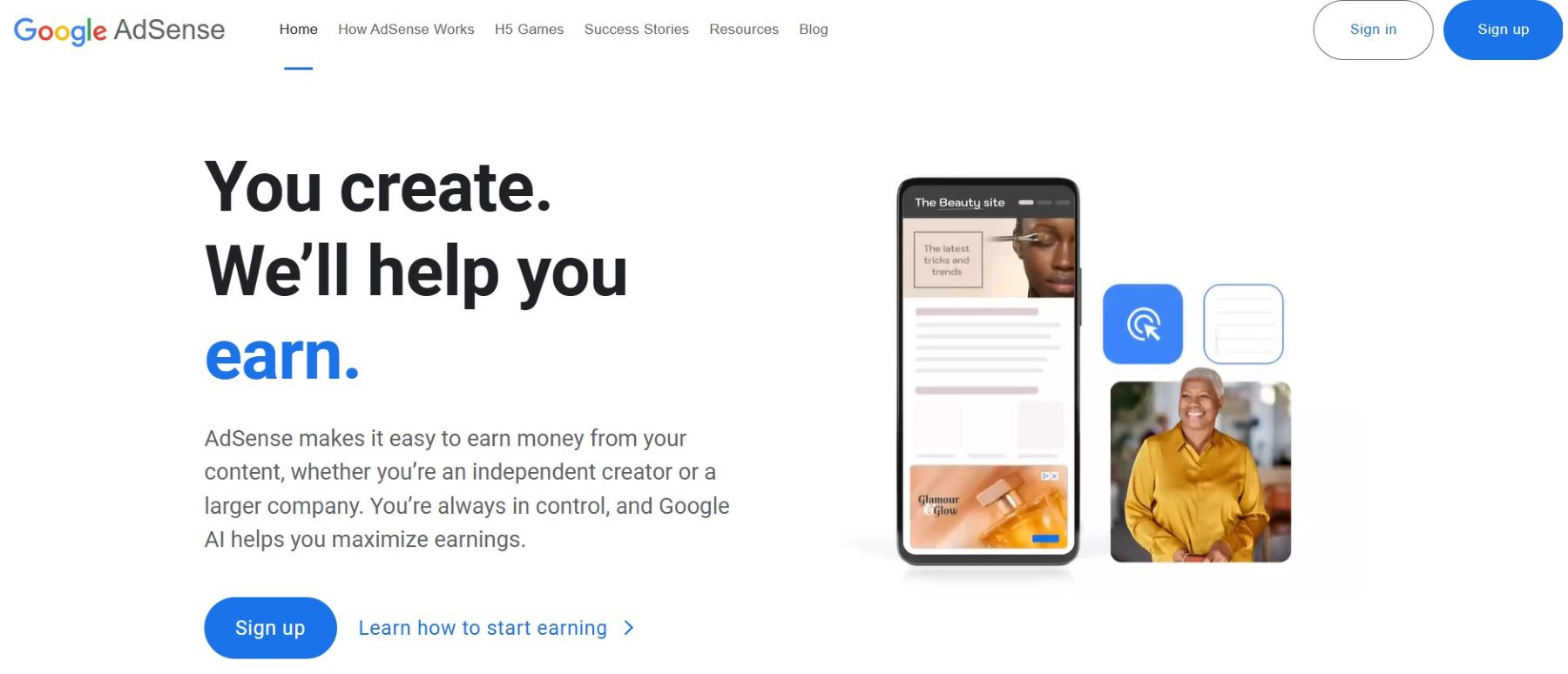
Google AdSense, for instance, is one of the easiest ways to start integrating ads into your website. You earn revenue based on clicks or impressions from visitors, and Google’s algorithms ensure the ads are relevant to your audience. This makes it a win-win: you get paid, and your audience sees ads that are relevant to their interests.
Google AdSense accounts for more than 68% of all online advertising revenue worldwide. Popular websites optimizing ad placement can generate revenue of $1000 to $50000+ per month through better ad targeting and positioning.
When you’re displaying ads on your site, don’t overwhelm your audience. Too many ads, especially disruptive ones, can lead to a higher bounce rate and lower user engagement.
Pro Tips
- Test different ad formats (e.g., banner ads, in-content ads) to see what performs best.
- Place ads where they blend naturally with content to improve engagement without disrupting the user experience.
- Avoid excessive ads that could frustrate your visitors and drive them away.
- Regularly check ad performance and adjust placements accordingly.
2. Affiliate Marketing
Affiliate marketing allows you to earn a commission by promoting products you believe in. You recommend products or services to your audience using affiliate links, and when someone buys through your link, you get paid!
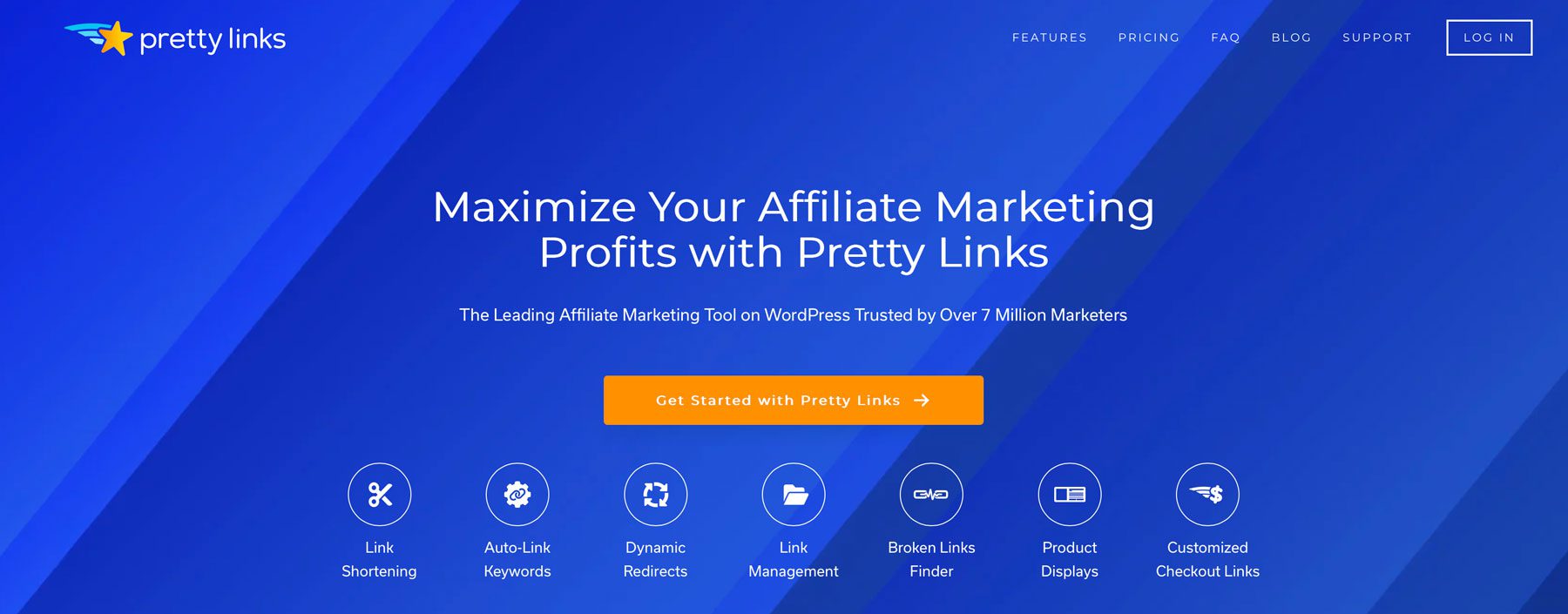
And here’s why you’ll love it: Affiliate marketing spending in the U.S. is expected to exceed $16 billion in 2028, showing its growing role in digital marketing. 81% of brands use affiliate marketing as a primary customer acquisition strategy. As for you, with the right affiliate partners, it’s an easy and passive way to earn income.
To succeed in affiliate marketing, it’s important to integrate affiliate links naturally into your content. For example, you can recommend a product within a blog post, create detailed product reviews, or include links in a tutorial or resource list.
What makes affiliate marketing so appealing is that you don’t have to worry about handling the products or managing logistics. You simply connect your audience with products they might already be interested in, allowing you to earn without the heavy lifting. Popular affiliate networks like ShareASale and link management tools like Pretty Links (read our review) provide tools to track your earnings, optimize your link strategy, and understand which products generate the most revenue. This helps you to fine-tune your approach for maximum success.
Pro Tips
- Promote only products that you truly believe in to maintain audience trust.
- Use eye-catching calls to action to increase click-through rates.
- Test different types of affiliate links (e.g., banners and text links) to see which drives the most sales.
- Disclose affiliate relationships to your audience to maintain transparency.
3. Selling Digital Products
Ready to get creative? Selling digital products is an effective way to monetize your website. Think eBooks, online courses, printables, digital art, or even stock photography. The beauty of digital products is that once they’re created, they can be sold over and over again to an unlimited number of customers—all without worrying about inventory or shipping costs.
The global eLearning market is expected to reach $457.8 billion by 2026, growing at a CAGR of 13% from 2020. This highlights the huge demand for online courses and educational content. Imagine turning your expertise into a valuable online course or selling helpful templates that make life easier for others.
For WordPress users, WooCommerce paired with Divi is an excellent solution for selling digital products. WooCommerce provides the eCommerce functionality to set up a digital product store. At the same time, Divi’s drag-and-drop builder makes it easy to design a stunning website to showcase your products. Once your digital products are created, the distribution costs are minimal, allowing you to generate passive income with every sale.
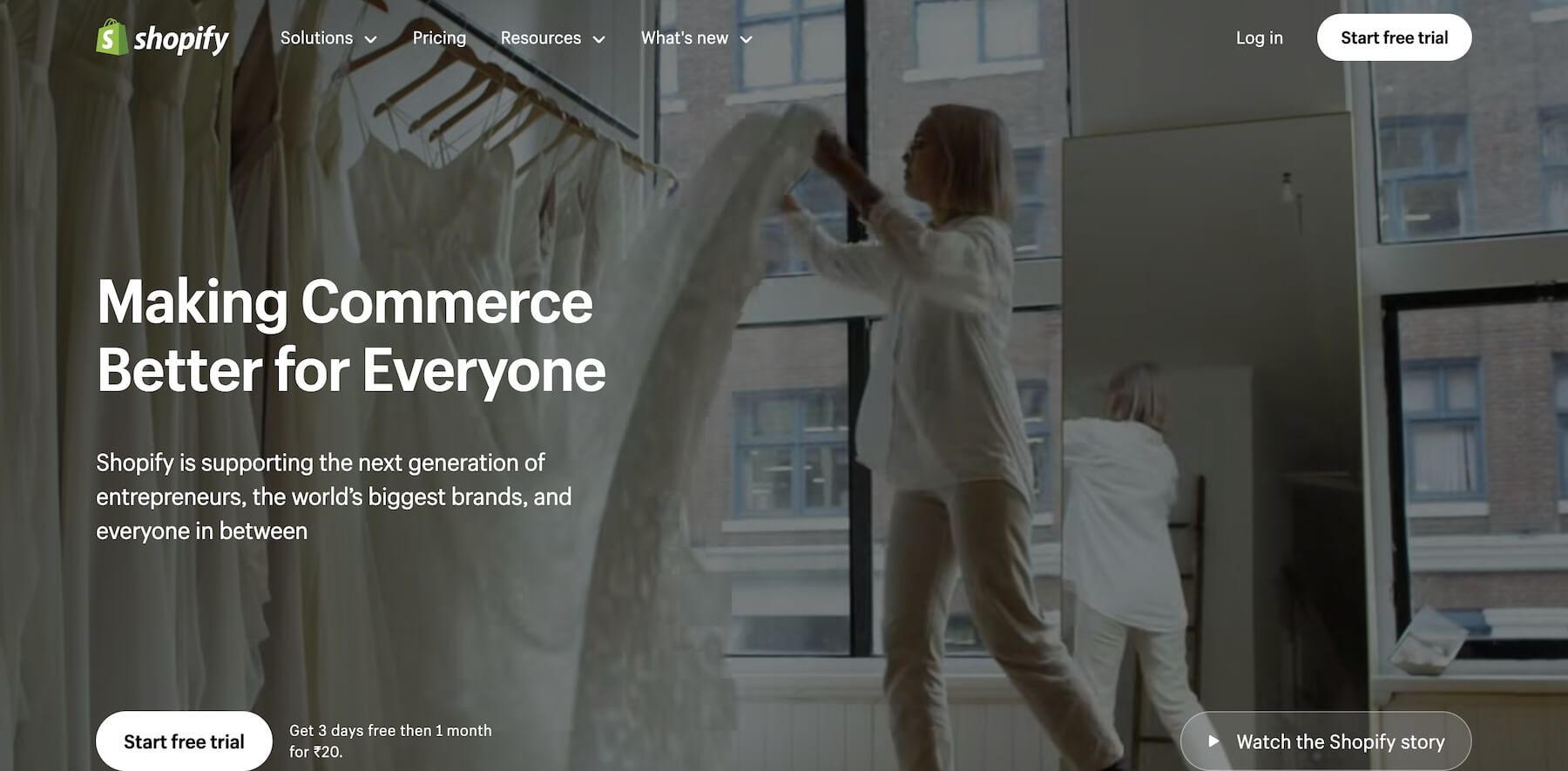
Platforms like Shopify, Teachable, and Thinkific make it easy to set up your own digital product store and start selling.
Pro Tips
- Focus on creating high-quality, valuable digital products that address your audience’s pain points.
- Offer bundle deals to increase the perceived value and boost sales.
- Keep your digital product pages clear and concise with compelling descriptions and images.
- Regularly update your products to ensure they remain relevant and useful to customers.
- Use digital marketing tools like Google Ads or Facebook Ads to promote your products and reach a larger audience.
4. Sponsored Content
Once you’ve built a solid audience, collaborating with brands through sponsored content can be a highly profitable way to monetize your site. Essentially, brands pay you to create content that showcases their products or services. This type of partnership allows you to add value to your audience while earning income by featuring products that align with their interests.
Sponsored content spending in the U.S. is expected to exceed $10 billion by 2025, reflecting the growing demand from brands to collaborate with influencers, bloggers, and content creators like you. What’s even more appealing is that 70% of consumers prefer learning about products through content rather than traditional advertisements. This makes it a more authentic, less intrusive way to promote products—creating a win-win situation for both you and the brand.

WordPress offers tools that make it easy to manage these partnerships and deliver smooth, professional content to your sponsors. The key to success in these collaborations is maintaining authenticity. Choose brands and products that align with your values and resonate with your audience, ensuring your content feels genuine and trustworthy. Whether it’s a product review, tutorial video, or dedicated blog post, select the format that fits your style and serves your audience best.
Pro Tips
- Partner with brands that align with your niche and values to keep your content authentic.
- Be transparent with your audience about sponsored content to maintain trust.
- Focus on providing real value with your sponsored posts—don’t just push products.
- Use storytelling to make sponsored content feel natural and engaging.
5. Subscription and Membership Models
Imagine having a steady stream of income month after month. That’s the power of subscription and membership models. Whether you’re offering premium content, exclusive perks, or an ongoing service, this model provides a predictable income that grows over time.
The subscription economy has exploded, growing by over 100% in the last five years. And get this: 42% of online users are willing to pay for exclusive content, making this a golden opportunity for creators who can provide ongoing value.
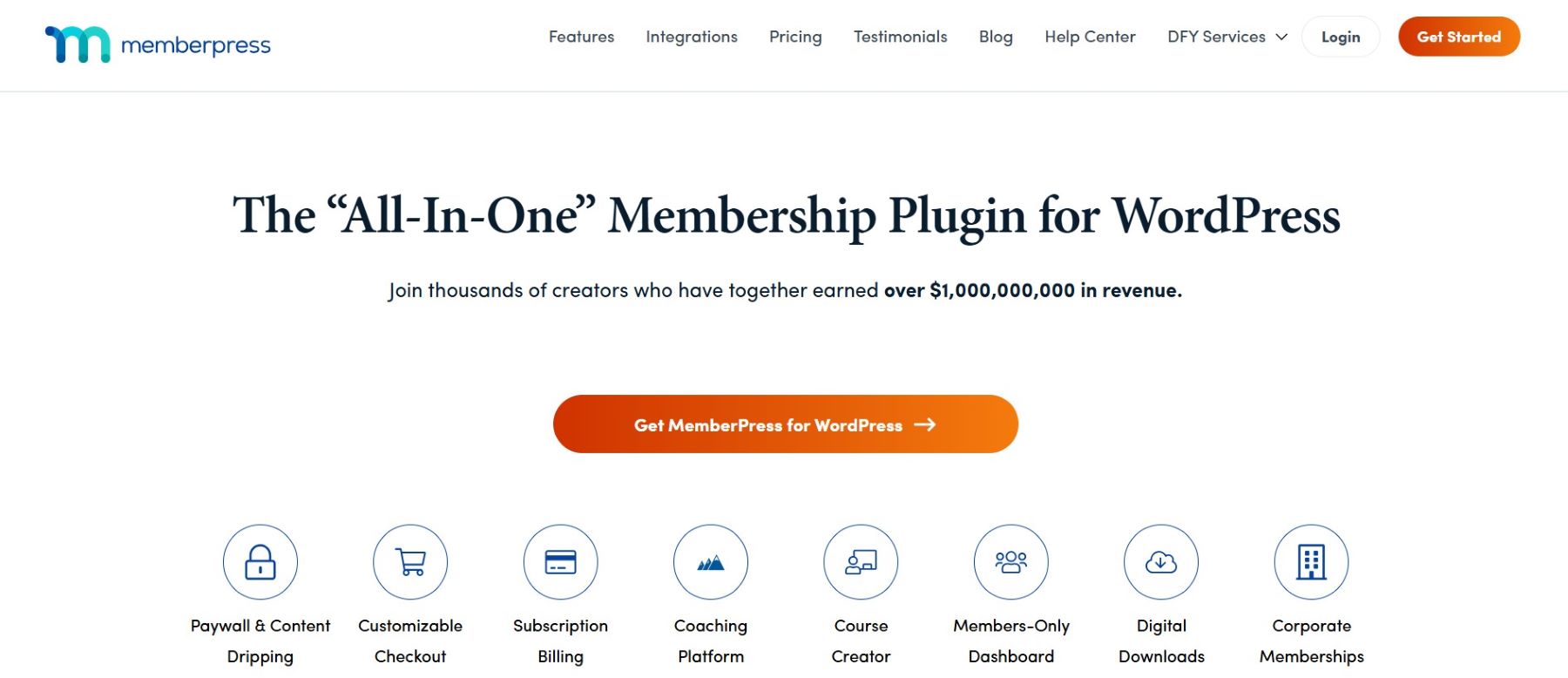
Whether you offer premium educational content, a members-only community, or ad-free experiences, there’s a ton of potential here. MemberPress is a great tool to help you set up a subscription model on WordPress, with automated payments and content access control.
Pro Tips
- Offer exclusive, high-value content to make membership worthwhile.
- Consider tiered pricing to cater to different budgets and needs.
- Provide sneak peeks or free trials to encourage sign-ups.
- Use drip content to keep members engaged and coming back for more.
6. Donations
If you’ve built a dedicated and loyal community around your content, donations can be a fantastic way to monetize your website. This method works especially well for creators who offer free value but want to give their audience a chance to show support directly. With tools like PayPal buttons and donation plugins for WordPress, you can easily set up a donation system on your site, allowing your audience to contribute on a one-time or recurring basis.
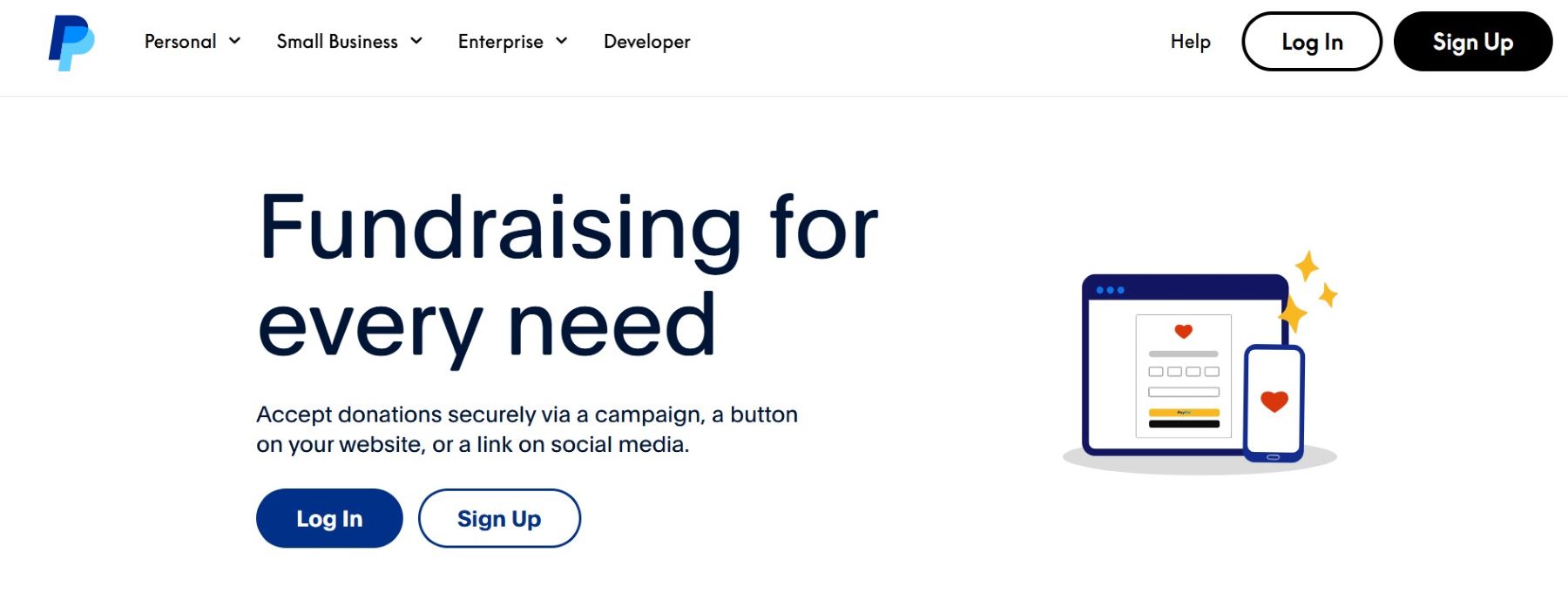
Donations are particularly effective when you offer unique, community-driven content or services that aren’t easily monetized through traditional ads or affiliate marketing. By adding a simple PayPal button or using donation plugins like GiveWP or Charitable, you make it easy for your supporters to contribute. This lets you build a more direct, personal relationship with your audience.
The best part? Donations give you full control over your content and revenue without relying on third-party ads or sponsorships. It’s an organic way to empower your community to support the work they love directly. Plus, many creators find that their audience appreciates being able to contribute in a meaningful way, helping them to keep creating and improving.
Pro Tips
- To encourage donations, offer rewards or perks (like early access to content, shout-outs, or exclusive behind-the-scenes content).
- Make donations easy by integrating platforms like PayPal or Ko-fi.
- Be transparent about how the donations will help support your creative work.
- Thank your donors regularly and update them on how their contributions are helping you create even more valuable content.
7. Create Online Courses
If you have expertise in a specific area, creating and selling online courses is an effective way to share your knowledge and earn money. Whether you’re a business expert, fitness coach, or creative professional, there are always people willing to pay for high-quality educational content. Plus, the online course market is booming—expected to grow by 21% annually, reaching $325 billion by 2025.
Platforms like Teachable and Thinkific make course creation easy. You don’t need to be a tech expert to design, market, and sell your course. These platforms offer easy-to-use course creation tools, customizable branding options, and integrated payment systems to ensure smooth transactions.
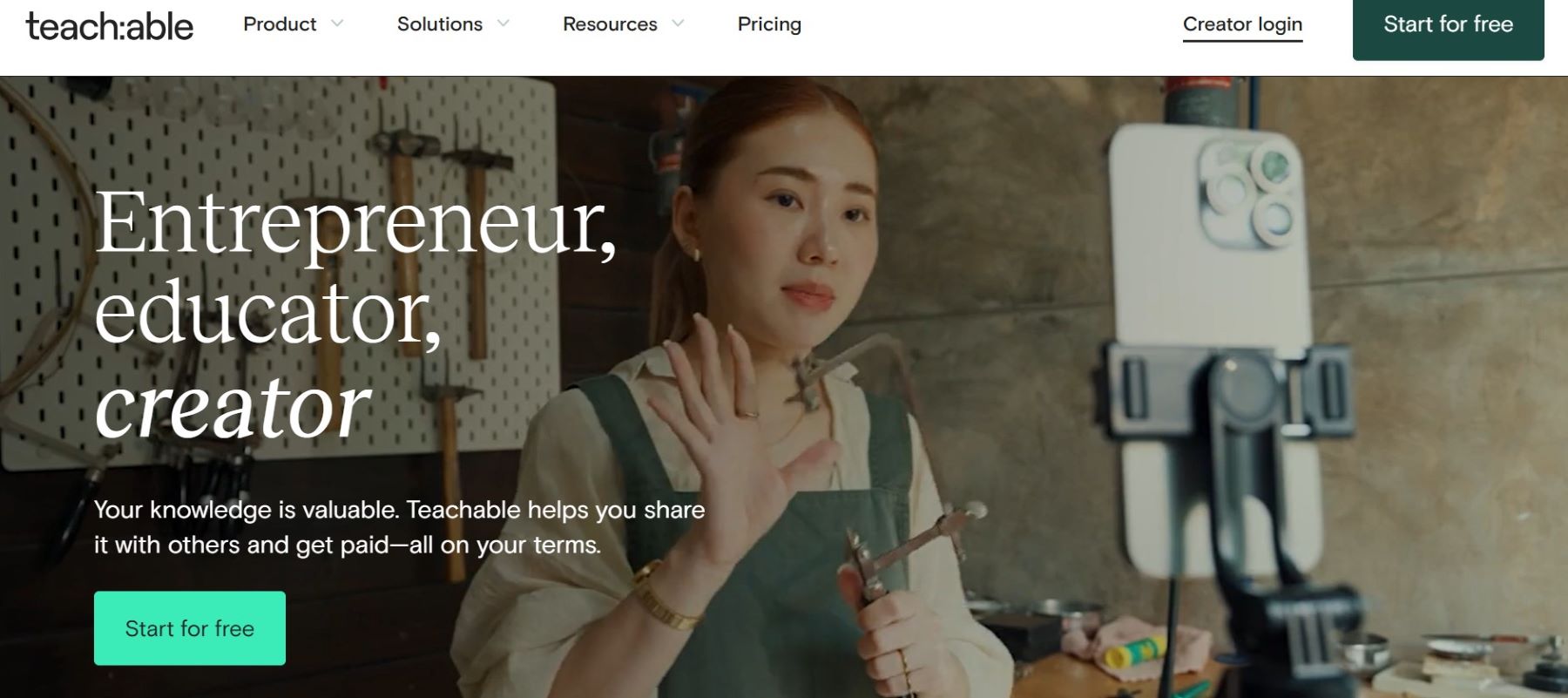
Online courses can generate passive income from an unlimited number of students. Once your course is created, you can sell it repeatedly without worrying about inventory or shipping. Plus, 70% of learners say online courses have helped them advance in their careers or gain new skills—proving how valuable they are to students.
Pro Tips
- Plan your course structure carefully. Break it into easy-to-follow modules that guide your students through learning.
- Mix up your content delivery: use videos, quizzes, assignments, and downloadable resources to keep learners engaged.
- Offer a sneak peek of your course or a free introductory module to attract potential students.
- Promote your course through your website, social media, and email newsletters to increase sales.
Monetize Your Website Today!
Monetizing a website in 2025 requires combining strategic planning, audience understanding, and leveraging the right tools. Remember, successful monetization is not one-size-fits-all. Experiment with different strategies, track your results, and refine your approach based on your audience’s behavior and preferences. With persistence and the right resources, your website can generate consistent income while supporting your goals.
Wondering how to monetize a website in 2025? Discover the best strategies, tools, and tips to increase your website’s earning potential. We’ve created a table of monetization methods to simplify the process.
| Featured Product | Category | ||
|---|---|---|---|
| 1 | WordPress | Website Creation | Get |
| 2 | Divi | Premium WordPress Theme | Get |
| 3 | Wix | Website Creation | Get |
| 4 | Squarespace | Website Creation | Get |
| 5 | Shopify | Ecommerce and Merchandising | Get |
| 6 | WooCommerce | Ecommerce and Merchandising | Get |
| 7 | BigCommerce | Ecommerce and Merchandising | Get |
| 8 | Mailchimp | Email Marketing Provider | Get |
| 9 | Convertkit | Email Marketing Provider | Get |
| 10 | Aweber | Email Marketing Provider | Get |
| 11 | Google Adsense | Advertising Platforms | Get |
| 12 | Mediavine | Advertising Platforms | Get |
| 13 | Ezoic | Advertising Platforms | Get |
| 14 | Buffer | Social Media Scheduling Tool | Get |
| 15 | Hootsuite | Social Media Scheduling Tool | Get |
| 16 | Later | Social Media Scheduling Tool | Get |
| 17 | Patreon | Subscription and Membership Platforms | Get |
| 18 | MemberPress | Subscription and Membership Platforms | Get |
| 19 | Substack | Subscription and Membership Platforms | Get |
| 20 | Buy Me a Coffee | Donation Platforms | Get |
| 21 | Ko-fi | Donation Platforms | Get |
| 22 | PayPal Donate Button | Donation Platforms | Get |
| 23 | Canva | Editing Software | Get |
| 24 | Adobe Premiere Pro | Editing Software | Get |
| 25 | DaVinci Resolve | Editing Software | Get |
| 26 | Teachable | Course Creation Platform | Get |
| 27 | Thinkific | Course Creation Platform | Get |
| 28 | Kajabi | Course Creation Platform | Get |

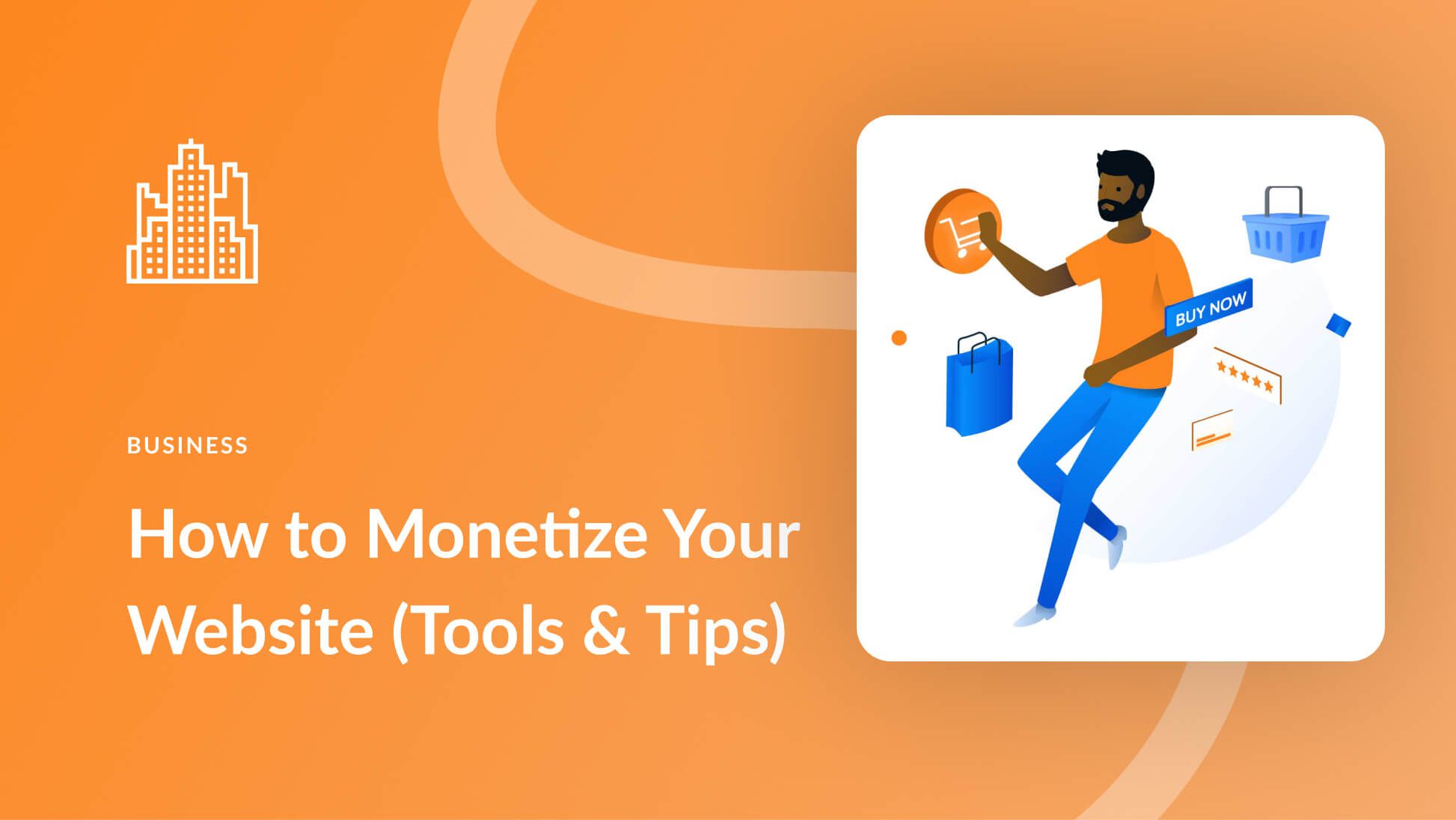


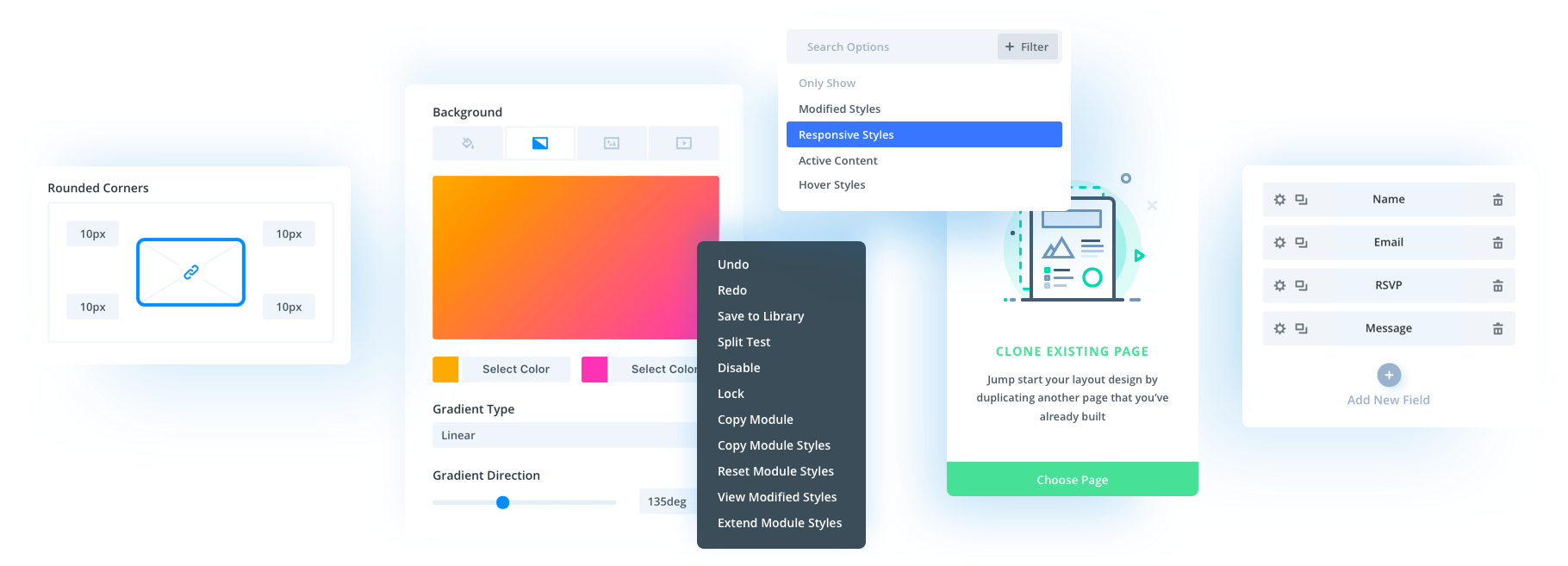
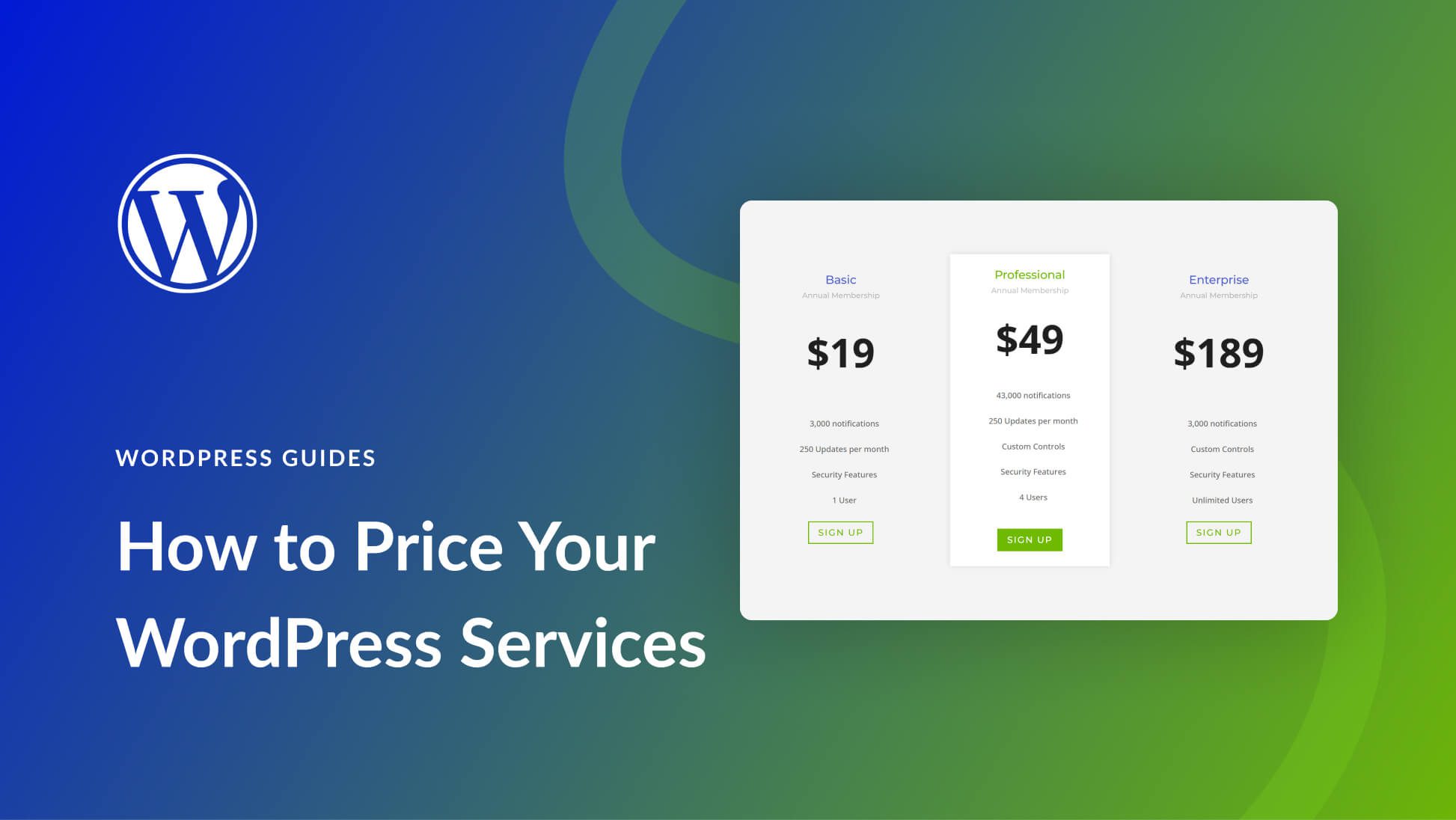
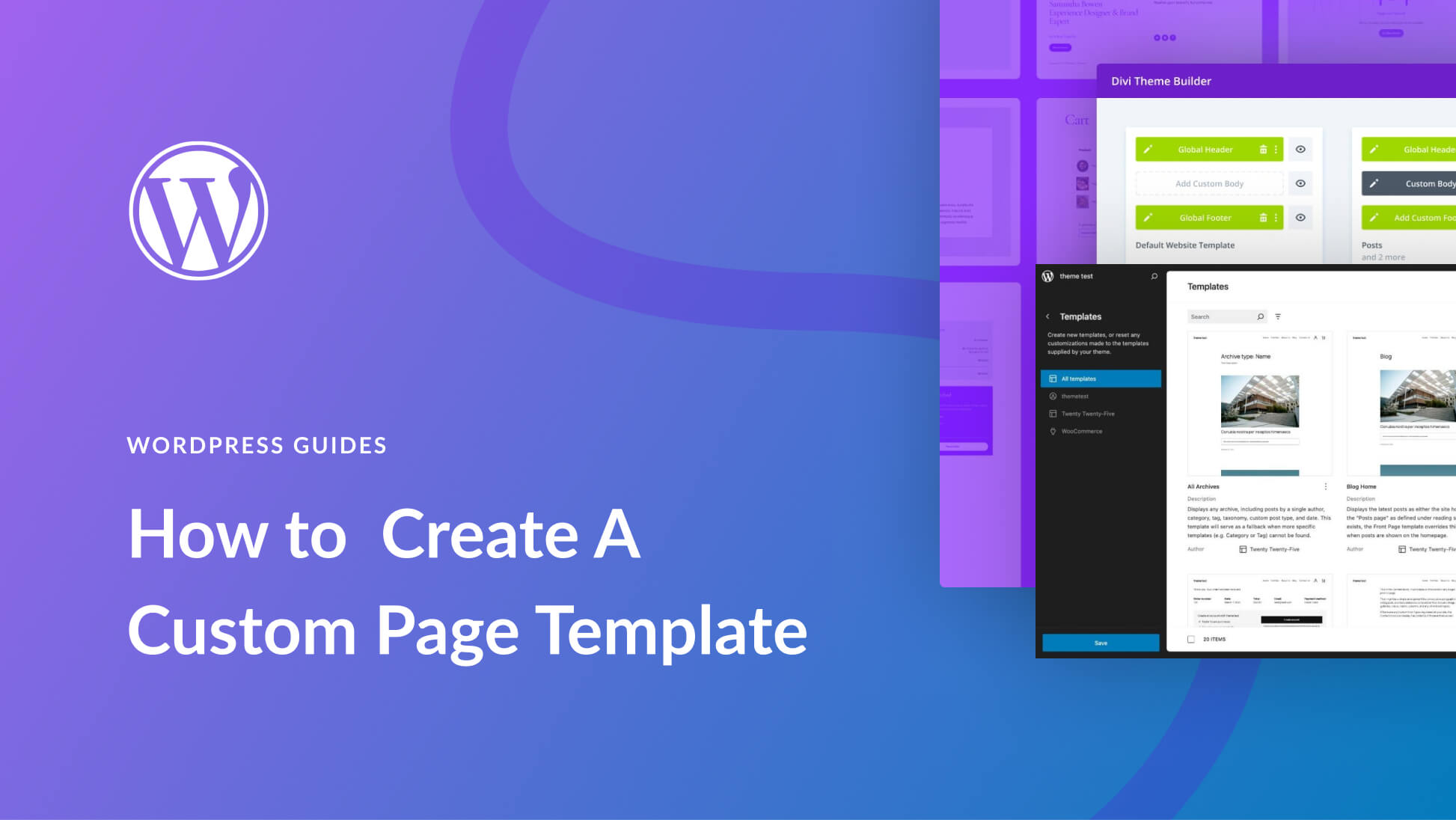

Leave A Reply